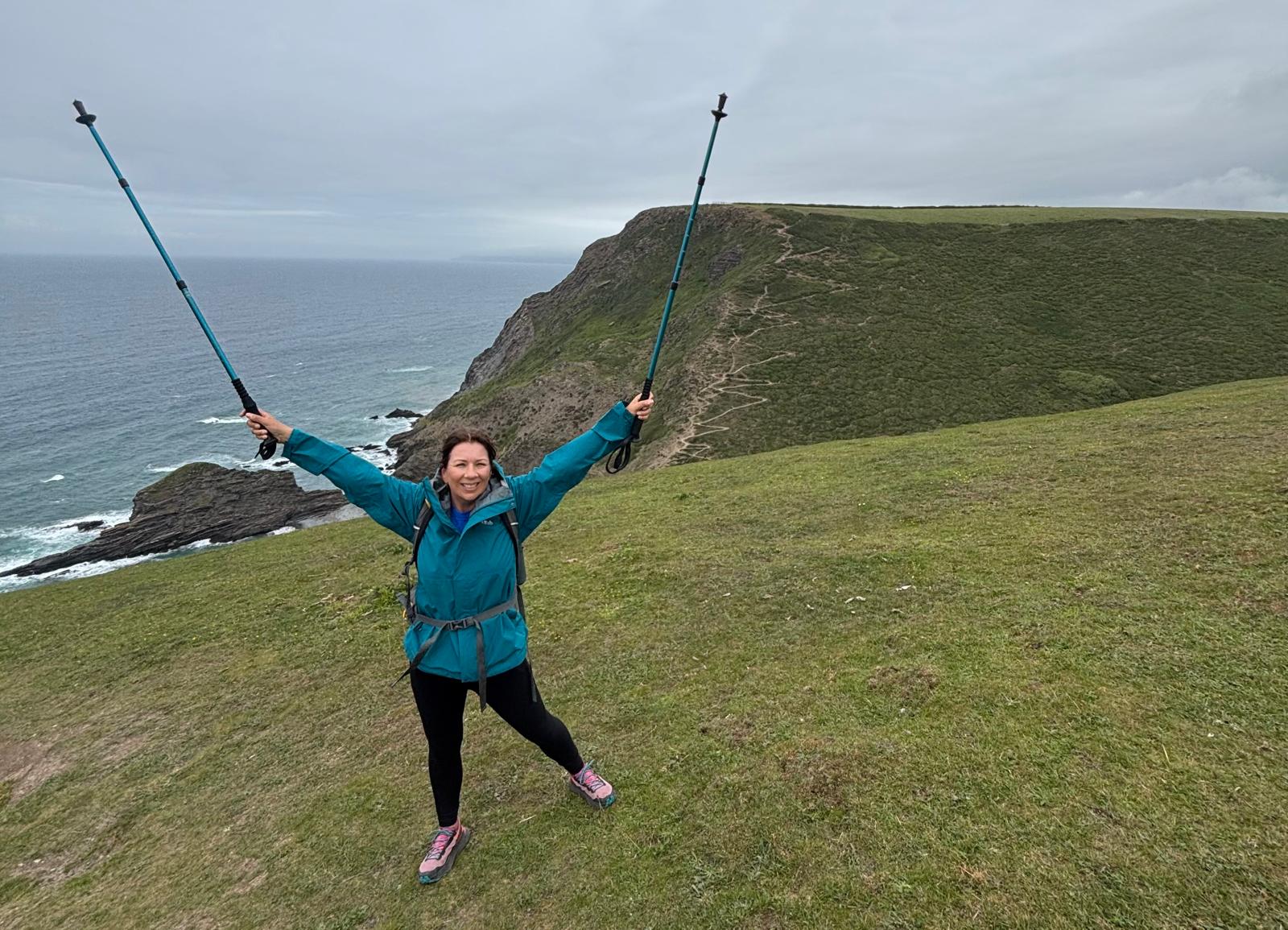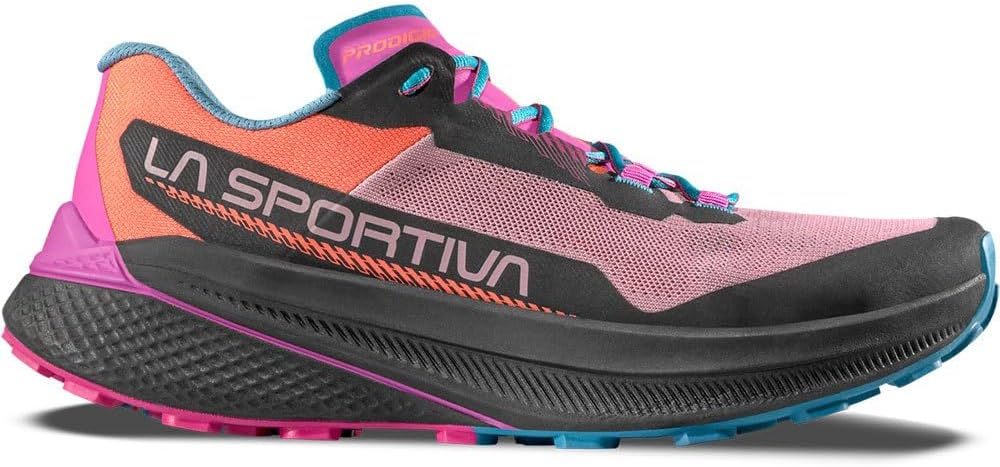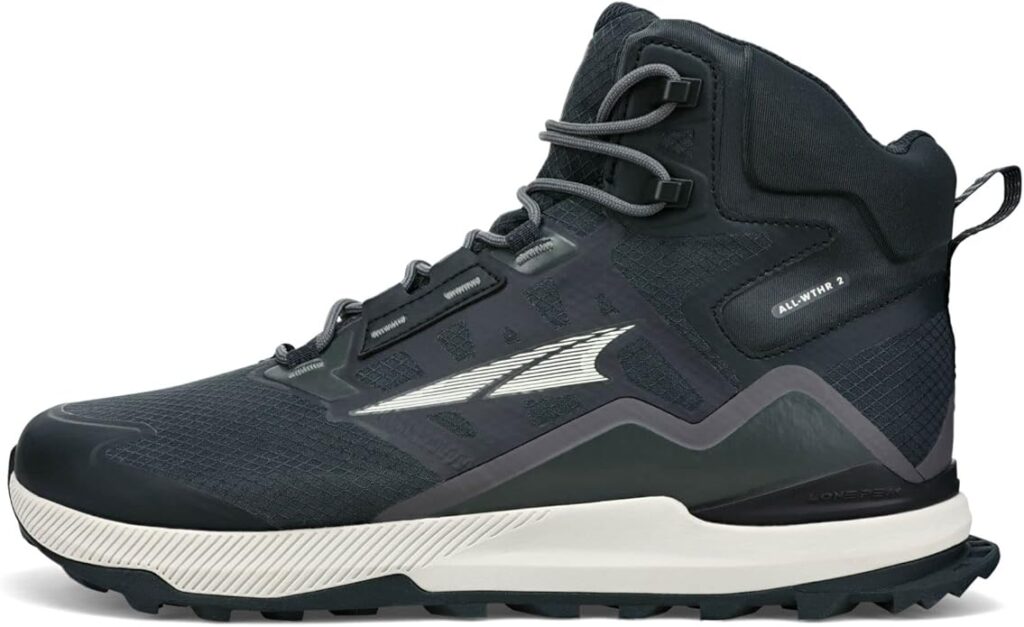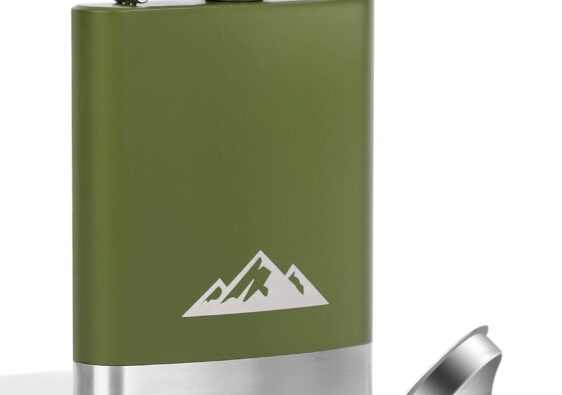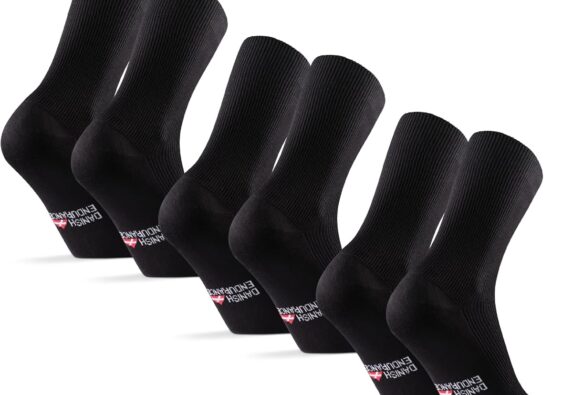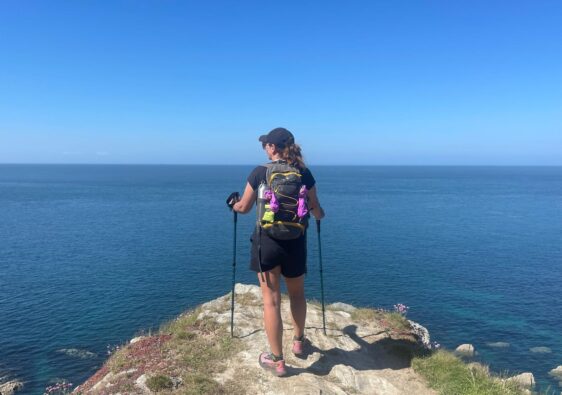Two weeks into walking the South West Coast Path, and still no blisters. That’s right — not even a hint of one. With over 200 miles covered, countless climbs, descents, and more uneven coastal steps than we care to count, we’ve had a few aches, some sore calves, and the odd dodgy night’s sleep — but our feet are still intact.
So, how do we do it? Here’s our tried-and-tested blister prevention routine…
1. Vaseline Is Our Friend
Each morning before setting off, we apply Vaseline to the key pressure points on our feet:
- Heels
- The balls of our feet
- Outer edges
- And the spot where the big toe rubs
This simple step acts like a barrier, reducing friction — and that means fewer hot spots and virtually no chance for blisters to form.
2. The Right Socks, Worn Right
We swear by twin-layer socks (specifically, double-layer or compression types). The twin layer helps reduce friction by allowing movement between the layers of the sock rather than your skin and the fabric.
We use More Mile Preventer Socks and Hilly Unisex Socks.
- We change socks every 3 hours or every 5 miles, depending on the terrain and weather.
- If they’re not clean, they’re at least dry — that alone makes a huge difference.
Even a fresh pair of dry socks can give your feet a much-needed refresh during long days.
3. The Shoe Strategy
We’ve learnt the hard way that shoe choice is everything. We both stick to Altra trainers, which have a zero-drop sole and a wide toe box that prevents rubbing and toe crowding. This combination really reduces pressure and allows the feet to move naturally.
- Tracey has also brought along a pair of La Sportiva Prodigio shoes for alternate days — sturdy, breathable, and trail-friendly. But, she also uses the Olympus 5’s from Altra.
- Matt is rotating between a pair of Altra Men’s Olympus 5 (his go-to for trail running) and some waterproof Altra Men’s Lone Peak All-Weather Boot Trainer for rougher or wetter sections.
We break shoes in well in advance and always wear what we trust — nothing new mid-trail! Also, we always go for at least half a size bigger than we would normally wear – just to allow for foot swell… yep, it’s a thing when you’re walking for long periods.
4. Recovery Ritual: Cold Baths & Coconut Oil
When we arrive at our accommodation for the night, the first thing we do — if there’s a bath — is run cold water and soak our feet for 10–15 minutes. It helps cool them down and reduce swelling, especially after those tough elevation days.
After drying off, we slather our feet with coconut oil — it keeps the skin hydrated and soft, preventing cracks and dry patches that can turn into blisters over time. Once it soaks in, we go in for round two.
Honestly, this has made such a difference.
5. Poles Save Feet (and Knees)
We’ve said it before and we’ll say it again: walking poles are a game-changer. They help distribute weight and take pressure off the feet, knees, and hips — especially on steep ascents and descents (and let’s face it, there are a lot of those on the South West Coast Path).
We use Trekrite Telescopic Walking Poles Set, but honestly, any decent pair will help. If you’re on the fence, trust us — get some.
The Verdict?
No miracle cure here, just a solid routine and a bit of foot TLC each day. It takes a little effort, but it’s more than worth it to stay blister-free — especially when the terrain is this unforgiving and the views are this rewarding.
We might not be the fastest hikers on the trail, but at least we’re not hobbling or limping our way into each village.
If you’ve enjoyed following our journey, please consider donating to St Luke’s Hospice, who we’re walking in support of. Every little helps:
👉 JustGiving – Support Our Walk for St Luke’s
Thanks for all your encouragement – and here’s to happy, healthy feet for the rest of the path!

